There are many victories that are celebrated in the Orthodox Church but one of the
greatest ones is the victory of icon worship. Our Churches are now filled with icons but it has to be pointed out that they were not always accepted in the Church. During the period of the 8th and 9th century, many parties were fighting about whether or not the icons should be in the Church or not. This fight was further fueled by the influence of Arabs and Islamic theology which does not approve of any images.
St. John of Damascus was one of the theologians in that time who stood in the defense of the icons and explained that icon veneration is scripturally justifiable. God became flesh and therefore He can be depicted because we can see His form. In Christ, God who is invisible became visible. Additionally, because we can depict God, we can also depict Saints who only participate in God’s holiness. St. John further added that we Christians do not worship the icons!
By venerating an icon, we send our veneration to the prototype. We worship God only but we venerate icons. The theology of St. John of Damascus was officially accepted as the theology of the Church at the seventh ecumenical council in the year of 787.
In spite of officially accepting theology of St. John of Damascus, the Church still continued to struggle with the iconoclasts (groups who did not approve icon veneration). The efforts of John of Damascus and other fathers of the seventh ecumenical council were brought to full fruition in the year of 843. This is the year when the icon veneration was finally proclaimed as the sole theology of the Church related to icons. This was celebrated by a great procession (litya) which went through the streets of Constantinople. Since that time, the Church celebrates this great victory with lityas in which people carry icons and sing hymns. Together with Christians of all generations we proclaim:
“As the Prophets beheld, As the Apostles taught, As the Church received, As the Teachers dogmatized, As the Universe agreed, As Grace illumined, As the Truth revealed, As falsehood passed away, As Wisdom presented, As Christ awarded, Thus we declare, Thus we assert, Thus we proclaim Christ our true God and honor His saints, In words, In writings, In thoughts, In sacrifices, In churches, In holy icons. On the one hand, worshipping and reverencing Christ as God and Lord. And on the other hand, honoring and venerating His Saints as true servants of the same Lord.”
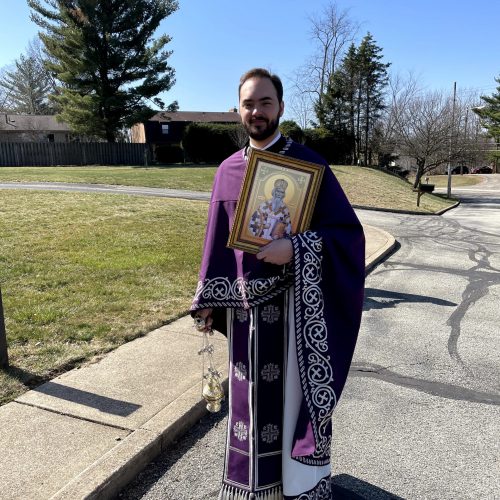
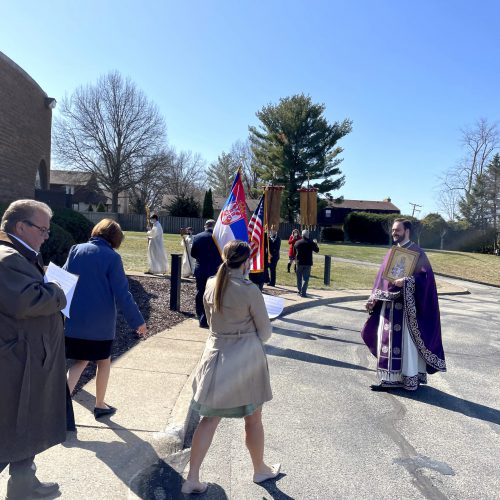



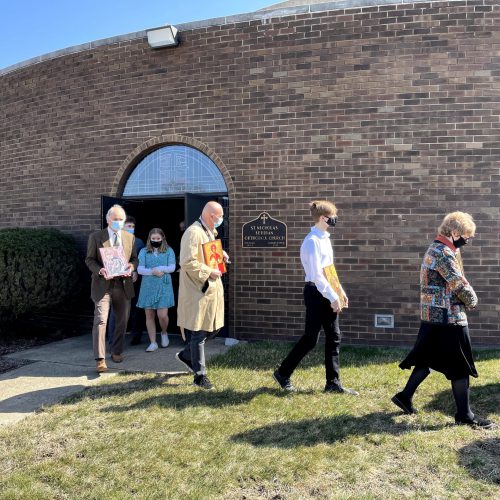
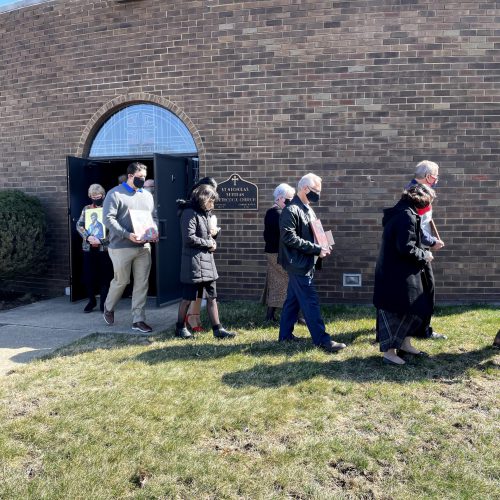


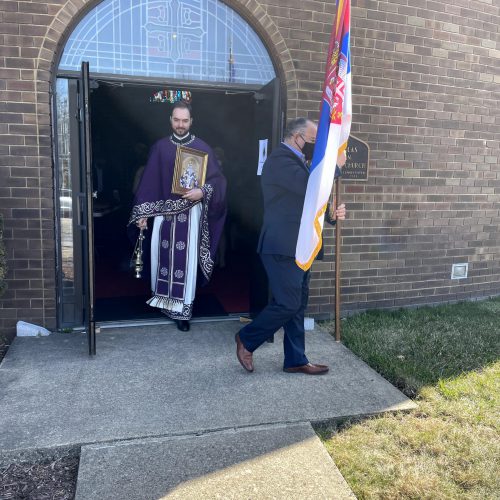

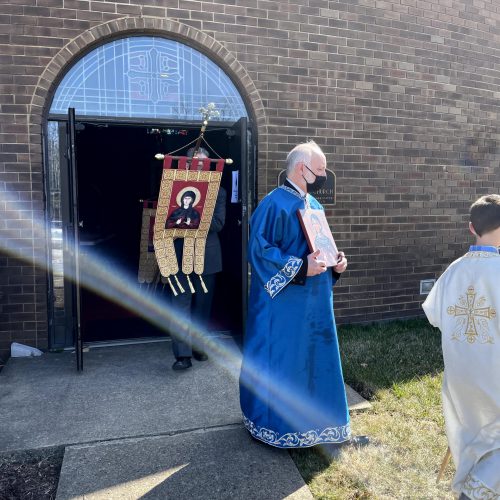
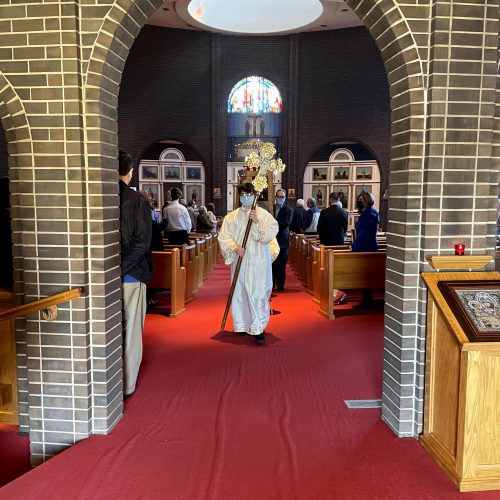

2 Responses
Amen, Amen, Amen! Keep the Good News coming, Please.
Thank you for the detailed explanation. The pictures of the Litya demonstrated the reverence for which we hold the icons. I pondered the beautiful prayer and wondered about its origin. Was it from St. John of Damascus? Is it said only on the Sunday of Orthodoxy?